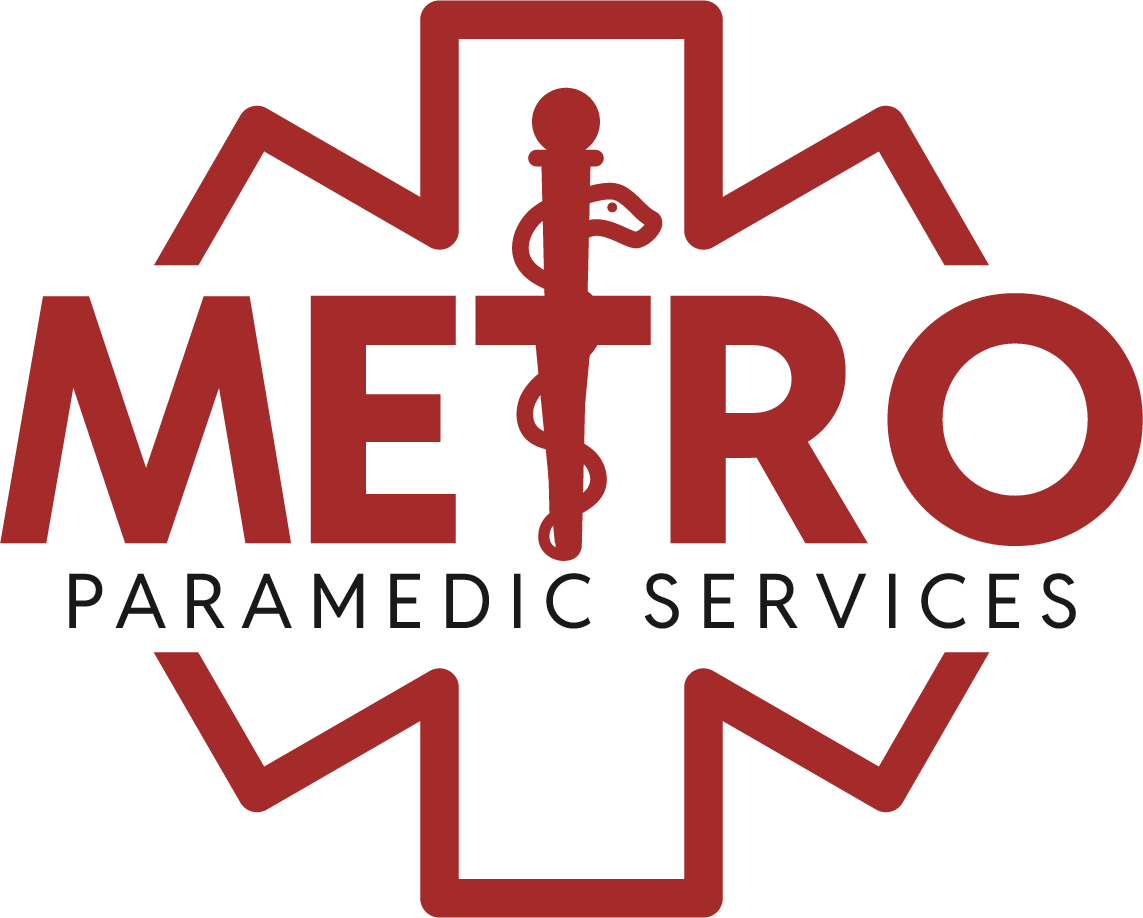Metro Paramedics has provided emergency medical and firefighting services to communities since 1984. Find out how Metro Paramedics can fit the needs of your municipality or fire district.
Emergency Call
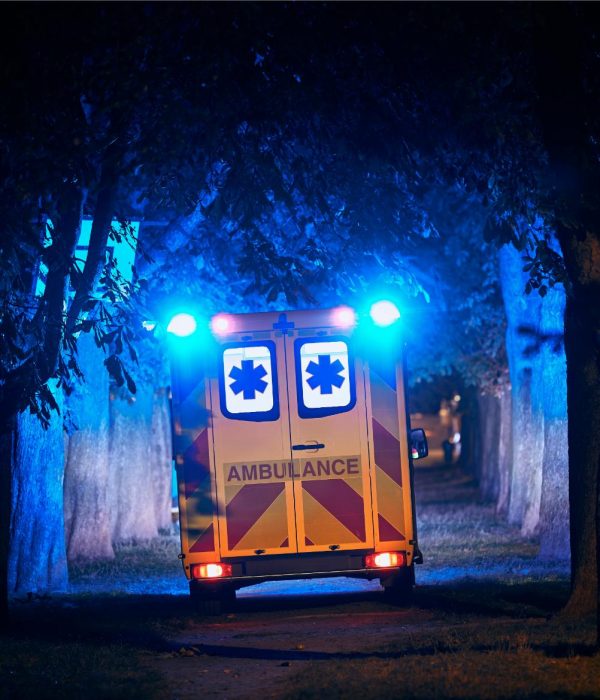
In the field of emergency medical services (EMS), the role of paramedics is crucial in providing life-saving care during critical situations. The effectiveness of paramedics relies not only on their skills and training but also on the advanced equipment and technology they use. This cutting-edge technology allows paramedics to deliver faster, more accurate, and more effective care, significantly improving patient outcomes. Here, we explore the essential advanced equipment and technology that paramedics rely on every day.
Since 1984, we’ve specialized in meeting the unique personnel staffing, vehicle, maintenance, uniform and equipment needs of municipalities, volunteer fire departments, fire districts, industrial facilities and government agencies.If you need Turn-Key EMS Services or Ambulances in the Milwaukee area, contact us today for more info!
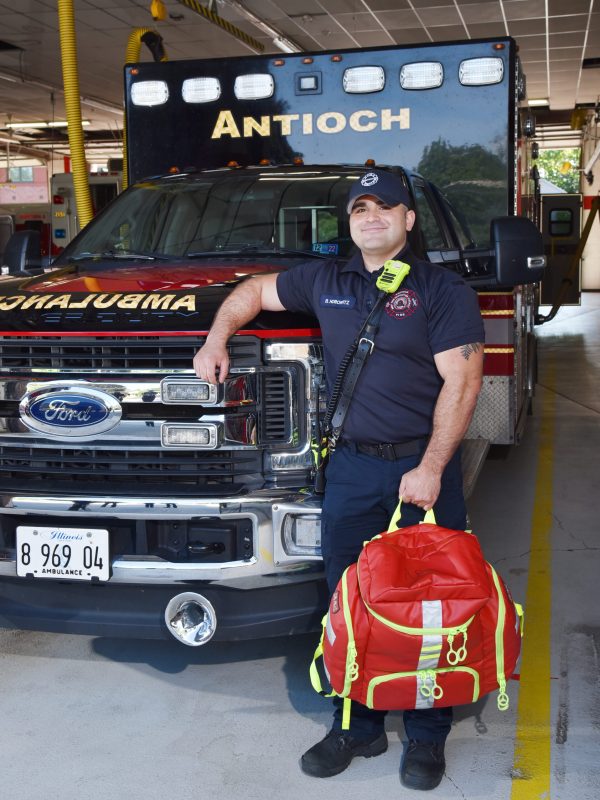
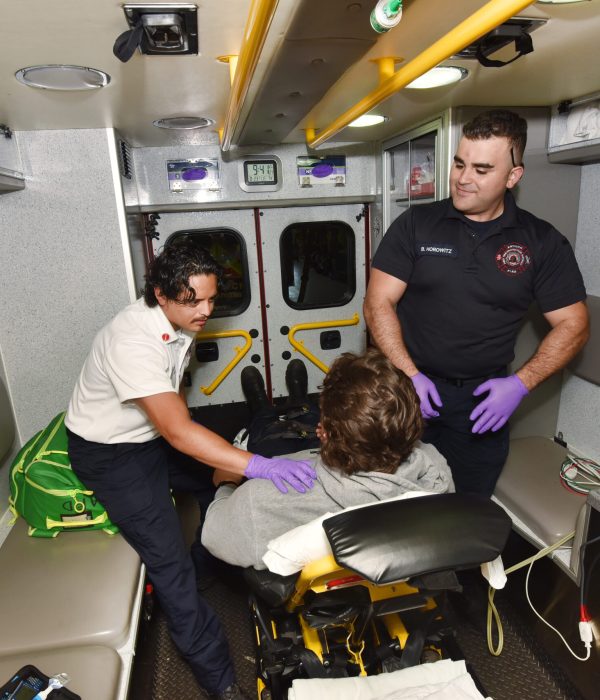

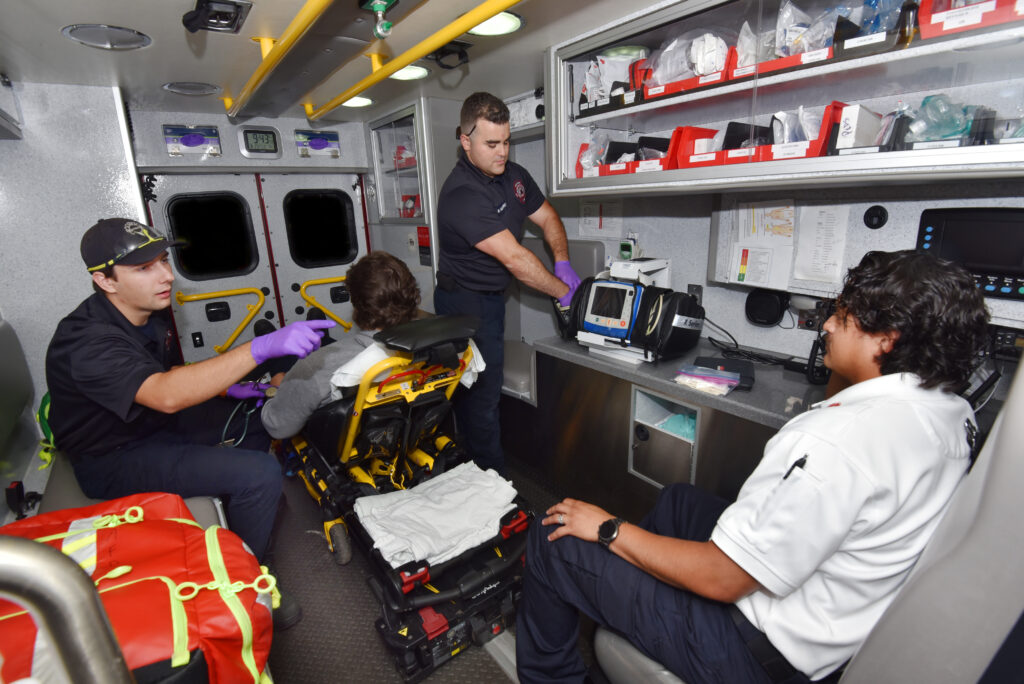
The integration of advanced equipment and technology in paramedic services is transforming emergency medical care. From life-saving devices like defibrillators and ventilators to diagnostic tools like ultrasound and capnography, these technologies enable paramedics to provide high-quality, efficient, and effective care in the field. By leveraging the latest advancements in medical technology, paramedics are better equipped than ever to save lives and improve patient outcomes during emergencies. This commitment to innovation ensures that communities receive the best possible pre-hospital care, reinforcing the critical role of paramedics in the healthcare system.

Metro Paramedics has provided emergency medical and firefighting services to communities since 1984. Find out how Metro Paramedics can fit the needs of your municipality or fire district.
Call Now
